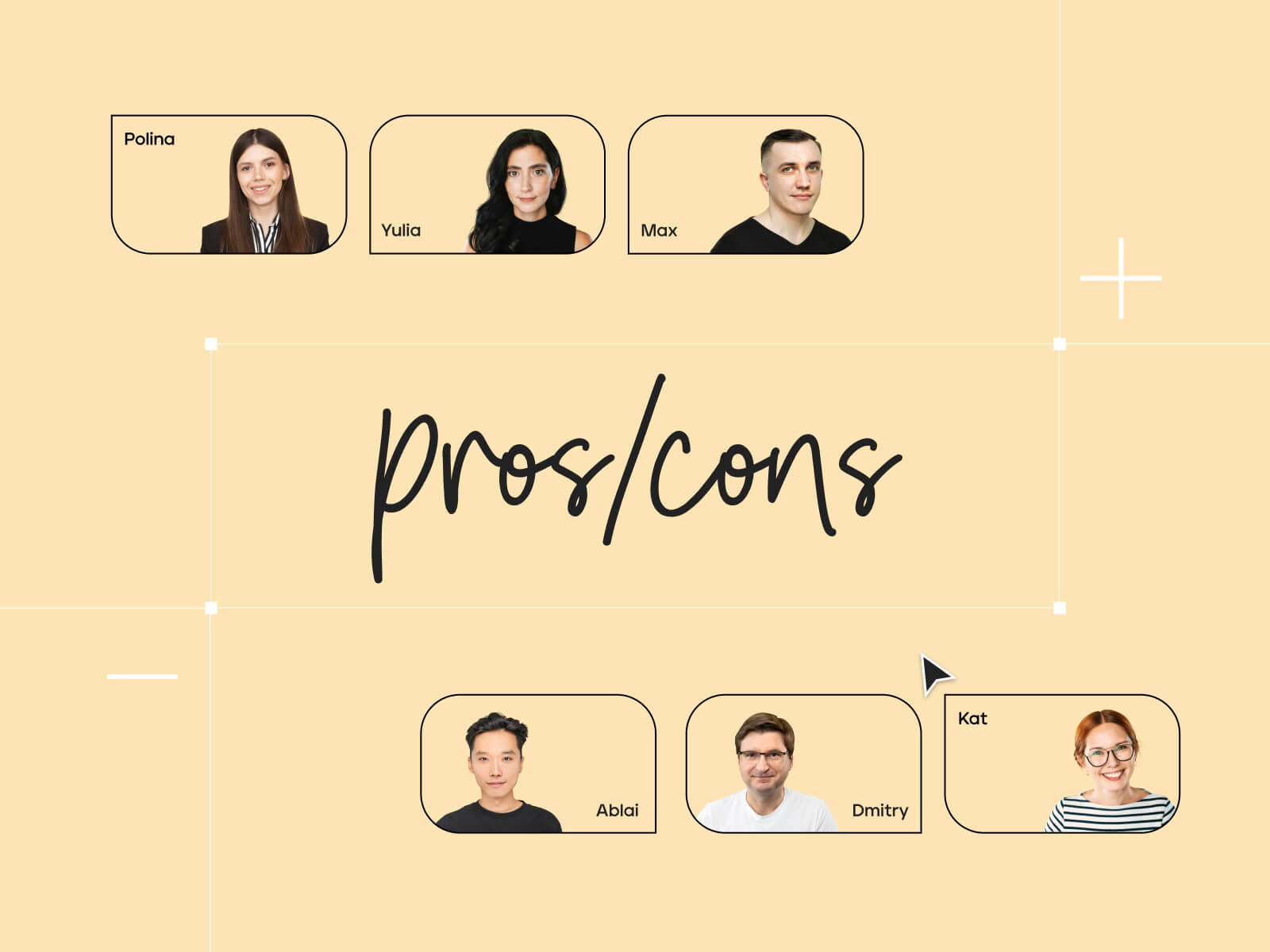Why is your user interface feeling blue?
Because it had a low click-through rate.
Overview
UX (user experience) metrics are benchmarks used to evaluate the quality and effectiveness of the user experience of a product or a service. UX metrics are a powerful tool for improving product design and overall user experience.
Why you should use UX metrics
UX metrics can provide objective data on how users interact with your product, which can help you identify areas for improvement as well as make data-driven decisions.
They can help you understand your users and identify usability issues. In addition, by tracking key metrics before and after a design change, you can measure the impact of that change and determine whether it was effective.
With metrics like Net Promoter Score (NPS), Customer Satisfaction (CSAT) and System Usability Scale (SUS), you can measure customer satisfaction and establish areas where your product is performing well or where improvements are needed.
Types of UX Metrics
There are several basic types of UX metrics, which are commonly used:
- Quantitative metrics: they provide numerical data and can be measured by analytics, surveys and A/B testing. Examples: job completion rate, error rate, click-through rate, bounce rate and page views.
- Qualitative metrics: they provide non-numeric data, such as user feedback, and can be measured through methods such as user interviews, user testing, and retrospective think-alouds. A good example is user satisfaction metrics.
- Behavioural metrics: they track user interactions with a product or service, such as clicks, scrolls, and time spent on the page. These metrics can be measured with web analytics, heat maps, and user testing. Examples include time of engagement, number of clicks, and scroll depth.
- Outcome metrics: these metrics measure the end result of a user’s interaction with a product or a service, such as conversion rate or revenue.
Let’s talk money
Despite the stereotype that UX research is expensive and only available to big tech giants, there are now many free or inexpensive UX measurement tools such as Google Analytics, Hotjar, and Crazy Egg that can be used to track website analytics and user behaviour. You can use SurveyMonkey to take surveys and collect user feedback.
That said, it’s important to remember that investing in UX metrics can provide valuable insights that will improve the overall user experience, increase customer satisfaction, and lead to better business results. Therefore, the cost of collecting UX metrics should be viewed as an investment, not an expense.
Time not wasted
We all live with hot deadlines, and our roadmaps have infinite jams of task cards. Under these conditions, it seems that thinking about UX metrics is an impractical waste of time. But we are happy to tell you that there are simple and fast solutions.
For example one of the fastest user tests to measure a product’s design quality is the “First Click Test”. It consists of showing users a screenshot of a web page and asking them to click on an element they expect to find to perform a specific task. For example, “Where would you click to find contact information on this web page?” This test is very easy to set up, can be done remotely, and can give you a quick insight into which elements of your design are easy to spot and which are not.
What metrics does your product need
Deciding which UX metrics to measure depends on your goals, target audience, and stage of product development. Define your goals, understand your audience, assess key user objectives, study industry standards, and use a combination of quantitative and qualitative methods.
Remember that no single metric can provide a complete understanding of the user experience. It’s important to use a combination of metrics and methods to get a full picture of how well a product is performing.






